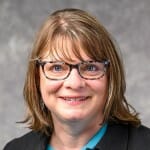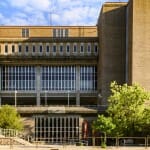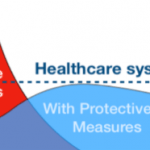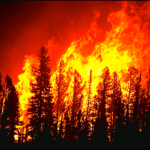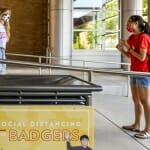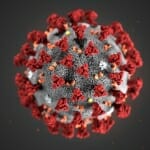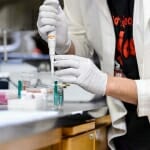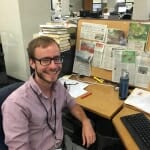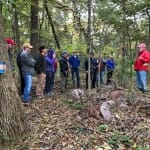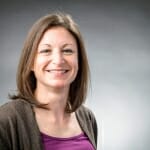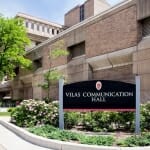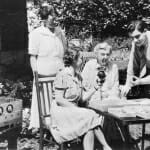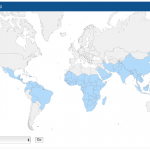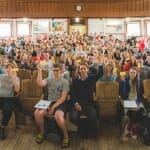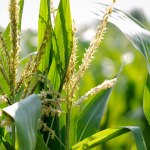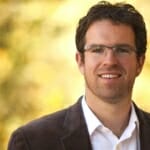Tag Communications
Chats with AI shift attitudes on climate change, Black Lives Matter
Researchers studying AI wanted to understand how one complex large language model, GPT-3, would perform across a culturally diverse group of users in complex discussions.
Search underway for new Wisconsin Public Media executive director
Heather L. Reese was named interim director in August following the death of Gene Purcell, who had served in the role since 2018.
‘Flatten the curve’ was everywhere, but it didn’t change people’s pandemic attitudes
“Although we didn’t see a difference in people’s ideas or behavioral intentions based on their awareness of the chart," says researcher Nan Li, "the message is still beneficial."
Cellular networks vulnerable to wildfires across U.S.
More than 430,000 cell network transceivers covering approximately 85 million people are in areas the U.S. Forest Service considers at moderate or high wildfire risk.
Badger Talks video: How to communicate better while wearing a mask
Professor Maryellen MacDonald explains why it's so tough to talk to each other in masks, and offers tips in how to adapt so people understand, such as using hand gestures and nodding.
Writers’ Institute helps authors find publishing success
Named in 2019 as the Best Writing Conference in Wisconsin by The Writer magazine, Writers’ Institute also has a strong track record of helping its writers navigate a path to publication.
Get tips on applying for science journalism fellowship Nov. 7
Learn about the American Association for the Advancement of Science (AAAS) Mass Media Science & Engineering Fellowship. Three former fellows will share what it’s like to go from the lab to the newsroom and back and what careers the fellowship can lead to.
Beefed-up Badger Talks brings UW–Madison to your neighborhood
A program that brings knowledge from the state’s flagship campus to localities statewide is adding dozens of experts from the University of Wisconsin–Madison Division of Extension to its Badger Talk roster.
Science writer wins award for ‘Origins’ series
Commenting on “Origins,” the judges stated: “The writer crafted a compelling and accessible narrative from three complex origin stories: of galaxies, of life on Earth, and of humankind."
UW scholars receive major funding to study polarization and civic renewal
Journalism and mass communication researchers have received $1 million from the John S. and James L. Knight Foundation to create a center that will expand a study of state and regional communications systems.
UW to digitize historic WHA rural and women’s programs
The UW–Madison Archives was awarded a Recordings at Risk grant from the Council on Library and Information Resources to support digitizing 250 transcription discs from between 1920 and 1950.
Study: “Post-normal” science requires unorthodox communication strategies
Proposals to fight malaria by “driving” genes that slow its spread through mosquitoes is a high-risk, high-reward technology that presents a challenge to science journalists, according to a new report.
Professor takes on climate change by promoting science literacy through music, art, comics
A UW–Madison geoscience professor has come up with new ways to teach science to non-science undergraduate students, in hopes of awakening their "inner scientists."
Could computers help close partisan divides?
Researchers are using artificial intelligence to develop a comprehensive picture of how people communicate about politics, and how those conversations are shaped by media, social networks and personal interactions.
NEH grant to reunite radio history
Communication Arts associate professor Eric Hoyt is a leader of Unlocking the Airwaves, a collaborative project that will bring together split archival material from the National Association of Educational Broadcasters and create a resource for scholars, educators and the public.


